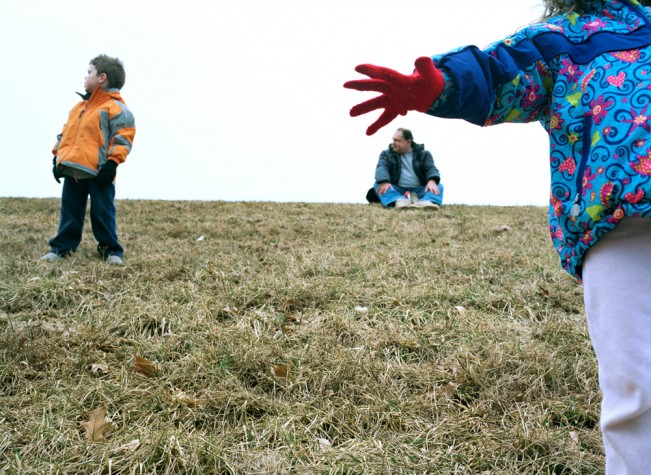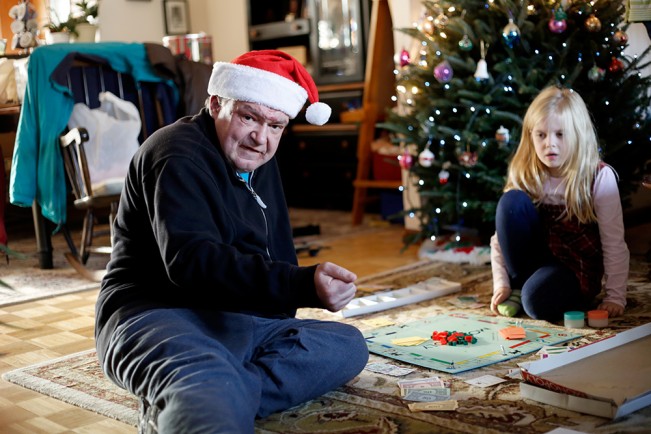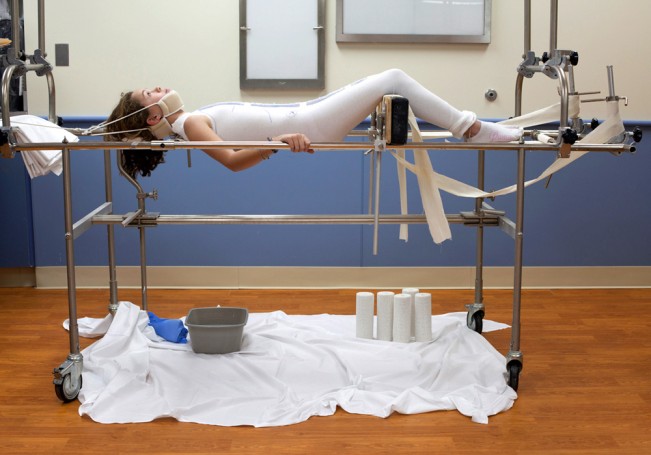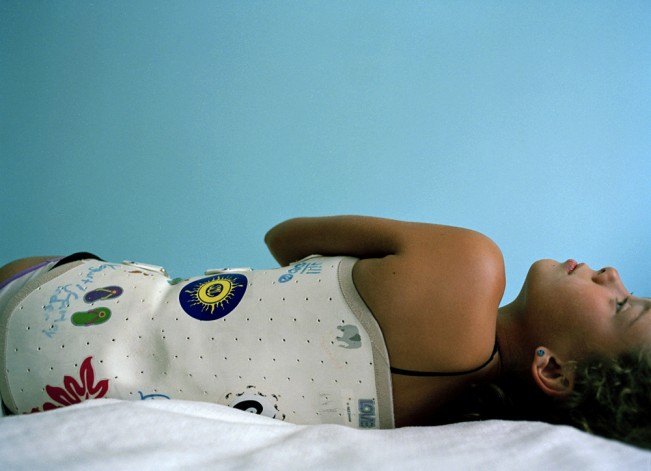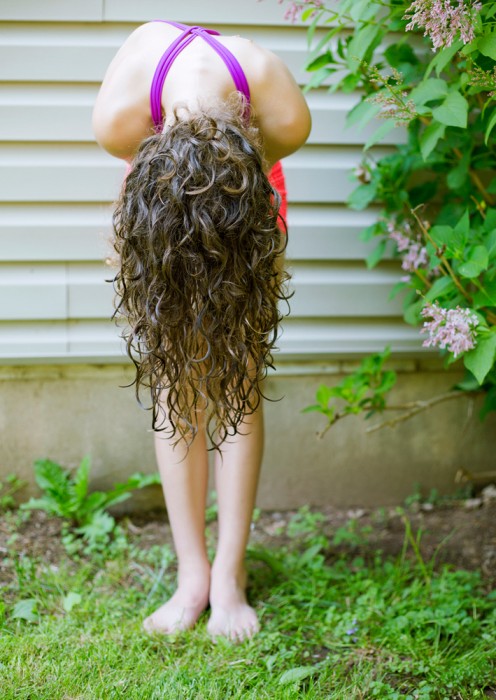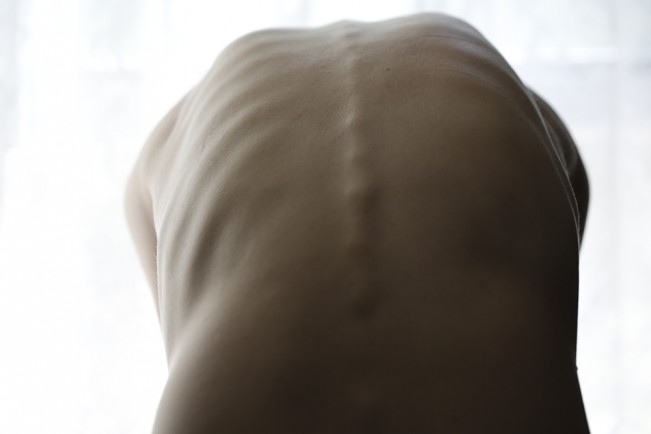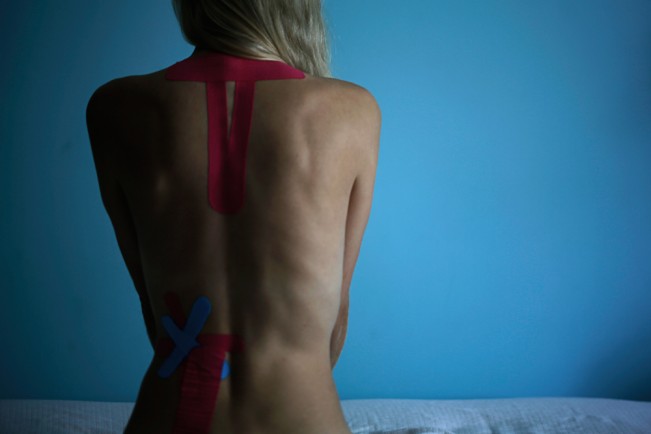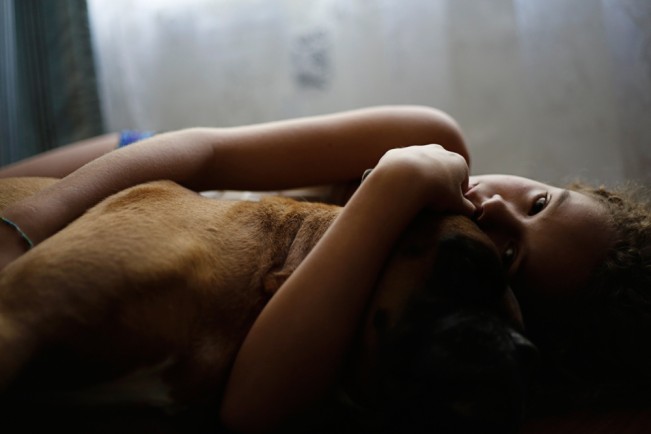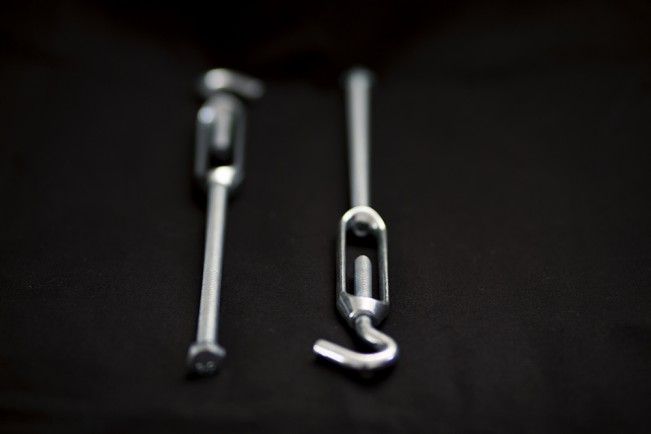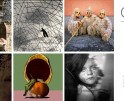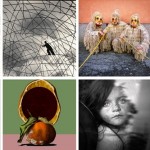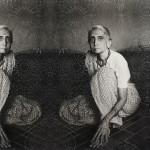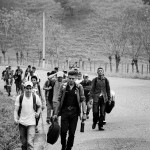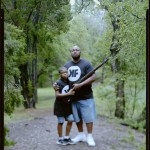Julia Cybularz: The Mathematician and Breaking the Girl
exploring work focusing on family this week…
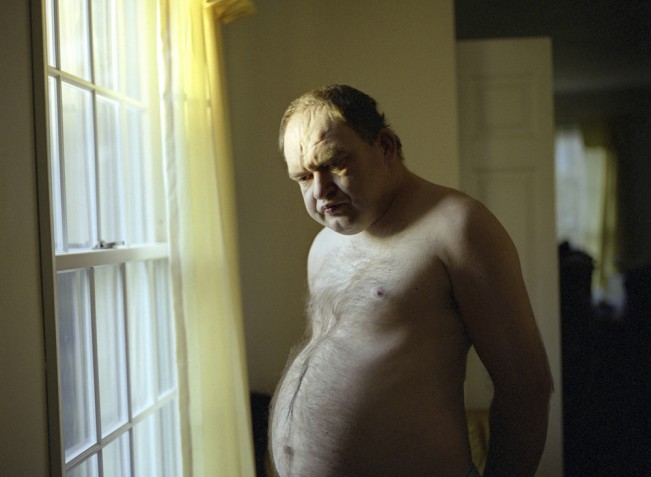 There is a reason that Julia Cybularz was recently presented the Griffin Award from Juror Kathy Ryan in the 19th Annual Juried Show at the Griffin Museum. Julia is a born story teller, with the ability to be a participant observer with those familiar to her. Her photographs capture the essence of a person or action, without being invasive. She find moments that are poignant and meaningful and blends together portraiture and place that leave us wanting to know more.
There is a reason that Julia Cybularz was recently presented the Griffin Award from Juror Kathy Ryan in the 19th Annual Juried Show at the Griffin Museum. Julia is a born story teller, with the ability to be a participant observer with those familiar to her. Her photographs capture the essence of a person or action, without being invasive. She find moments that are poignant and meaningful and blends together portraiture and place that leave us wanting to know more.
Julia earned her MFA from The School of Visual Arts and holds a B.S. in Photography from Drexel University. Her photography and video work has been exhibited both nationally and internationally. In 2007, Julia was the recipient of an Aaron Siskind Memorial grant as well as The School of Visual Arts’ alumni grant. Julia studied under notable photographers Mary Ellen Mark, Andrew Moore and Tina Barney. Her work has been featured in American Photo, on the HBO series “How to Make it in America”, PDN and on Lens Culture. Most recently, she has been selected as a finalist for the Hasselblad Masters, Fotovisura grant, Lens Culture International Exposure Award, Critical Mass competition and Magenta Flash Forward. Most recently, Julia was presented with the Griffin Award from Juror Kathy Ryan for her series “Breaking the Girl”.
“The Mathematician” is an unscripted look into the life of my forty-year old cousin, Slawek Kosmala. Slawek, a Polish émigré, is developmentally delayed and has lived with schizophrenia for over twenty years. The photographs are our collaborativeffort.
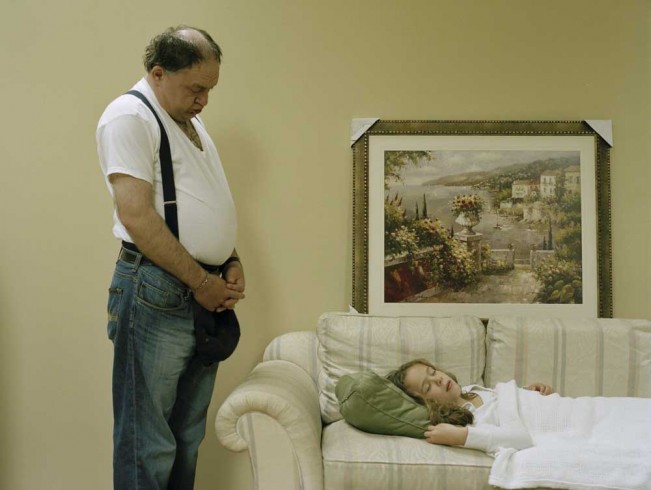 We are all born mad. Some remain so.
We are all born mad. Some remain so.
–Samuel Beckett, Waiting for Godot
When I stepped into his mother’s row home in Northeast Philadelphia he was pacing slowly back and forth from the television to the kitchen. I stood, watching for moment. He was wearing the same red shirt as the day before: only today he seemed more exhausted, rarely present. The television performs its rhythmic duty: distracting him from his own confusion. When he does notice me, his expression changes. He comes alive and seems relieved for the company, a break from his solitary routine.
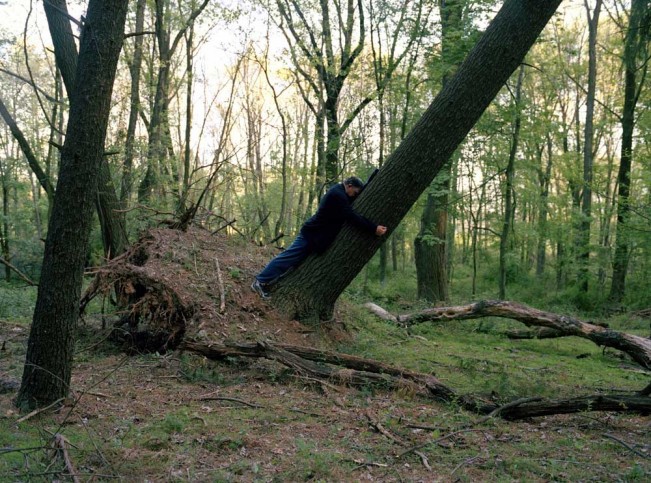 As if he were a character from Samuel Beckett’s Waiting for Godot: Slawek waits. He waits for companionship, acknowledgement and many things I cannot begin to assume. The photographs reveal an impression of the multiple realities through the subtle fragmentation of Slawek’s body and environment. At times, the photographs seem to be showing a world that is fantasy while at other times the images depict his “reality”; which is truly an expression of the nature of my experience with Slawek. The landscapes, in this series, explore the quiet spaces of refuge that harbor unseen trauma but they also
As if he were a character from Samuel Beckett’s Waiting for Godot: Slawek waits. He waits for companionship, acknowledgement and many things I cannot begin to assume. The photographs reveal an impression of the multiple realities through the subtle fragmentation of Slawek’s body and environment. At times, the photographs seem to be showing a world that is fantasy while at other times the images depict his “reality”; which is truly an expression of the nature of my experience with Slawek. The landscapes, in this series, explore the quiet spaces of refuge that harbor unseen trauma but they also
represent a freedom from the incessant noise from within. If only for a moment, “There is a feeling of freedom we can enjoy when we are able to abandon the straitjacket of logic.”- Freud
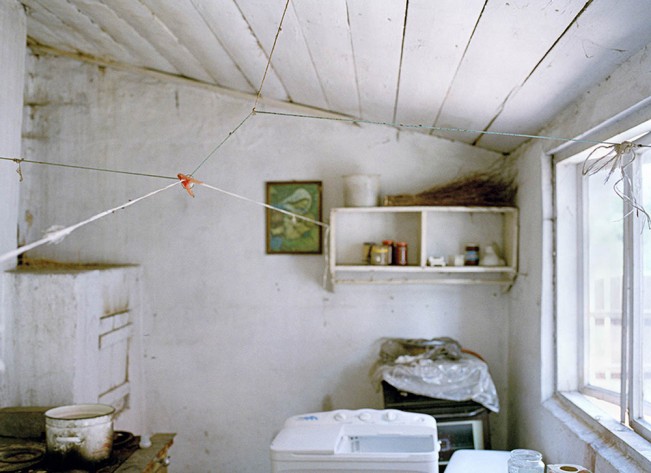 The use of photography in this project sets out to explore how relationships can be challenged and strengthened through the everyday dealings with sickness. Instead of being singularly explanative, the photographs provide glimpses and fragments; which add up to a collective narrative.
The use of photography in this project sets out to explore how relationships can be challenged and strengthened through the everyday dealings with sickness. Instead of being singularly explanative, the photographs provide glimpses and fragments; which add up to a collective narrative.
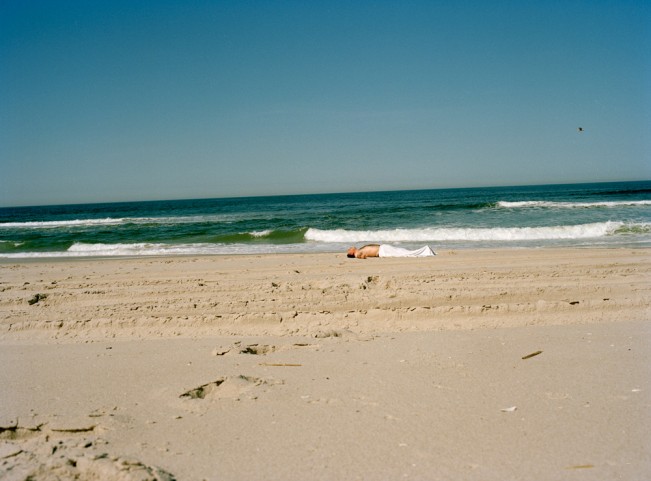
Breaking the Girl
Breaking the Girl, visually investigates the emotional and physical connections people have to their bodies and minds during times when their bodies fail them. The images explore the physical manifestations of anxiety, hope and the pervasive sentiment that the subjects are inhabiting a space not quite their own. I seek to examine the alienation and disconnect that occurs when the subject is affected by physical and psychological constrictions. The photographs consider the nuances of everyday encounters, which often get overlooked.
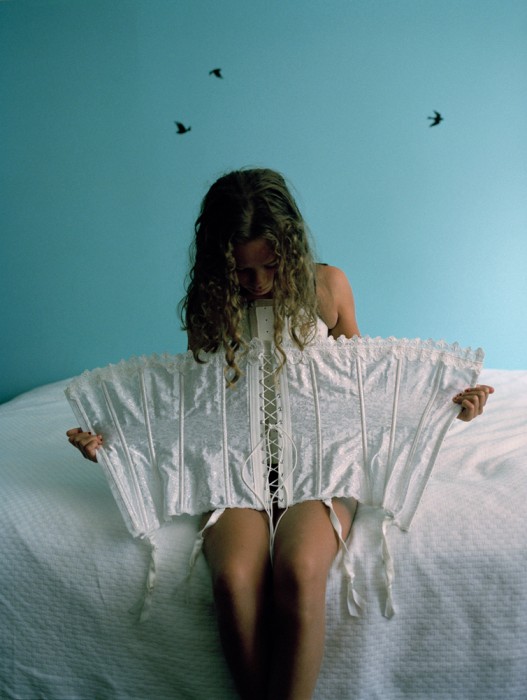 Hannah, of Breaking the Girl, is a 12-year-old who has a severe curvature of her spine. She has been repeatedly, and painfully fitted with, and worn numerous braces since she was nine. Our gaze is directed at a young girl about to embark on the physical changes that coincide with puberty while facing the confines of a corseted brace worn twenty-three hours a day which restricts the natural urge of the body to expand.
Hannah, of Breaking the Girl, is a 12-year-old who has a severe curvature of her spine. She has been repeatedly, and painfully fitted with, and worn numerous braces since she was nine. Our gaze is directed at a young girl about to embark on the physical changes that coincide with puberty while facing the confines of a corseted brace worn twenty-three hours a day which restricts the natural urge of the body to expand.
The photographs evolve from our ongoing collaborative efforts.
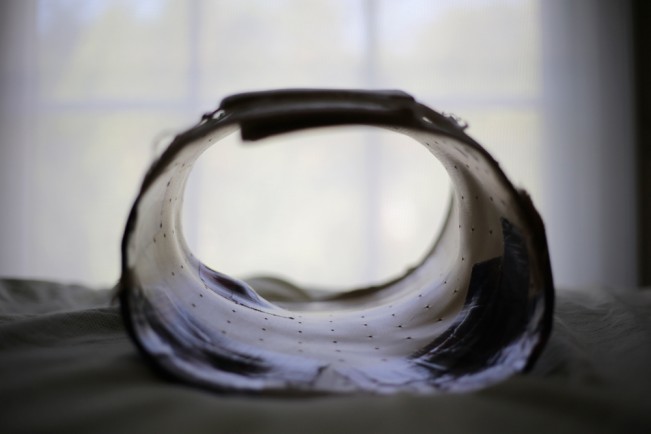
Posts on Lenscratch may not be reproduced without the permission of the Lenscratch staff and the photographer.
Recommended
-
Arnold Newman Prize: C. Rose Smith: Scenes of Self: Redressing PatriarchyNovember 24th, 2025
-
Celebrating 20 Years of Critical Mass: Cathy Cone (2023) and Takeisha Jefferson (2024)October 1st, 2025
-
Celebrating 20 Years of Critical Mass: George Nobechi (2021) and Ingrid Weyland (2022)September 30th, 2025
-
Celebrating 20 Years of Critical Mass: Amy Friend (2019) and Andrew Feiler (2020)September 29th, 2025
-
Celebrating 20 Years of Critical Mass: Jennifer McClure (2017) and JP Terlizzi (2018)September 28th, 2025


